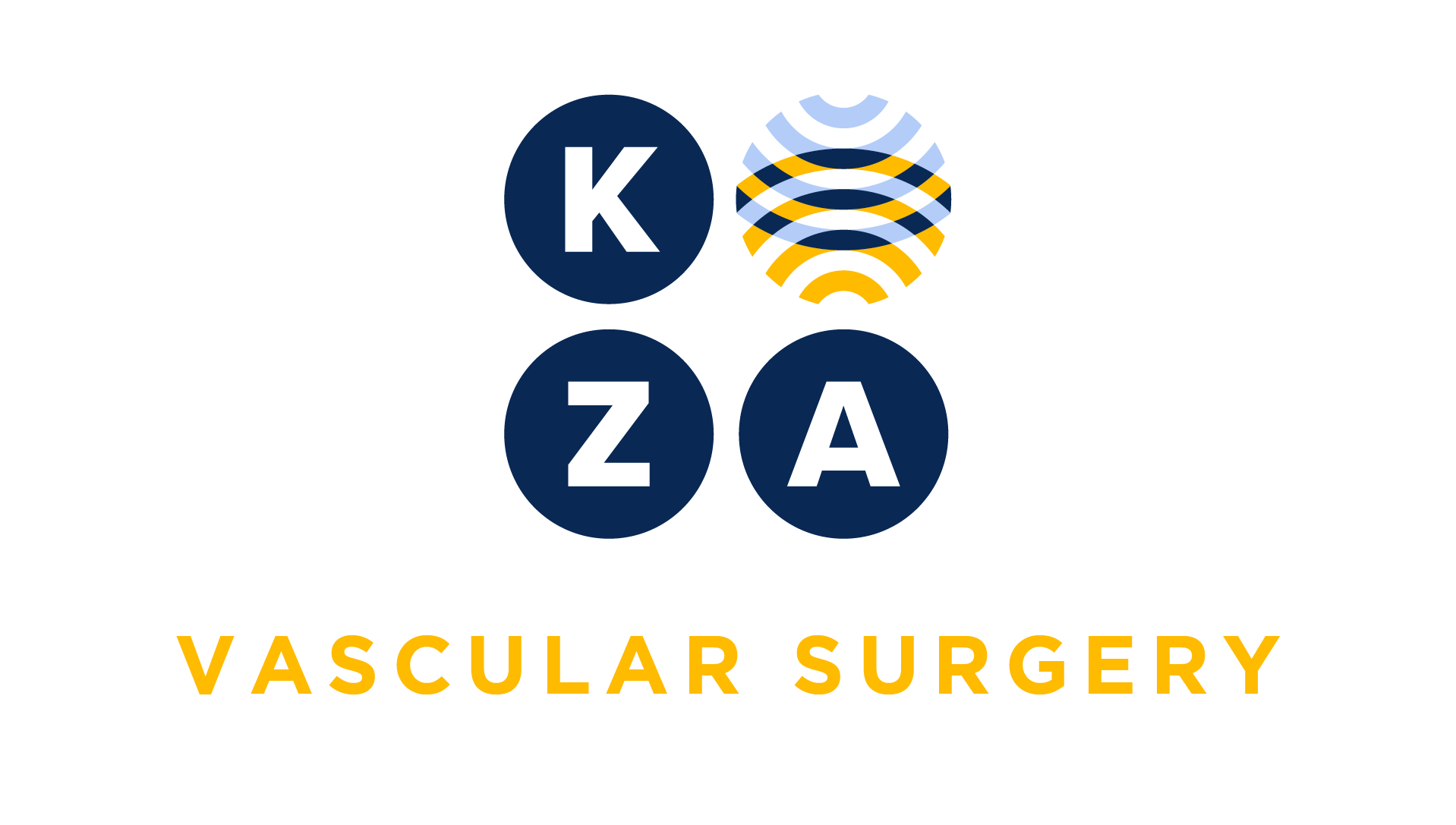
Choose your specialty from the list below to see how our experts have tackled a wide range of client questions.
Looking for something specific? Utilize our search feature by typing in a key word!
Modifier 52 vs. 53
We are confused about the difference between modifier 52 and 53. What is the difference?
Question:
We are confused about the difference between modifier 52 and 53. What is the difference?
Answer:
Modifier 52 Reduced Services is used when the procedure or surgery is partially reduced or eliminated by the physician. This is used when a procedure has an existing CPT code, but not all of the components of the code were performed. Modifier 52 is not used for unlisted procedures (where there is no existing CPT code to describe the procedure that was performed).
Modifier 53 Discontinued Procedure is used when a procedure is discontinued due to extenuating clinical circumstances or those that threaten the well-being of the patient. An example is during a fem-pop bypass a patient develops an arrhythmia and the procedure is discontinued.
Consultation Coding in 2023
In 2023, will the level of service be determined by history, exam and medical decision making, or will this change? I have heard it is changing.
Question:
In 2023, will the level of service be determined by history, exam and medical decision making, or will this change? I have heard it is changing.
Answer:
Beginning January 1, 2023, consultation codes 99242-99255) for both inpatient and outpatient services will be based on medical decision making or time. However, keep in mind a clinically relevant history and clinical examination should also be documented. Also, consultation codes 99241 and 99251 have been deleted.
2021 E/M Coding Guidelines
In the 2021 E/M revision guidelines, how does Time affect billing for a teaching physician’s E/M service when the resident spends a great deal of time with the patient?
Question:
In the 2021 E/M revision guidelines, how does Time affect billing for a teaching physician’s E/M service when the resident spends a great deal of time with the patient?
Answer:
Good question! Only the time of teaching physician would “count” in the scenario you describe. The new guidelines say that the time of the physician or other qualified health care provider (QHP) are considered. A QHP is a licensed credential provider of E/M services such as a Physician Assistant, Nurse Practitioner or Clinical Nurse Specialist…not a resident. Therefore, we cannot add, or consider, the amount of time the resident spent with the patient.
Stent vs. Embolization or Both
If the surgeon uses a covered stent and performs an embolization on a patient with a pseudoaneurysm, can we bill for both the stent and removal of the embolus?
Question:
If the surgeon uses a covered stent and performs an embolization on a patient with a pseudoaneurysm, can we bill for both the stent and removal of the embolus?
Answer:
If a covered stent is deployed as thesolemanagement of an aneurysm, pseudoaneurysm or vascular extravasation, then thestent deploymentshould be reported and not the embolization code.
Dialysis Circuit Revision
My vascular surgeon performed a dialysis circuit open revision, and had to remove subcutaneous fat during the procedure. He said this was a more complex procedure than usual, so is there another code to use besides 36832?
Question:
My vascular surgeon performed a dialysis circuit open revision, and had to remove subcutaneous fat during the procedure. He said this was a more complex procedure than usual, so is there another code to use besides 36832?
Answer:
Removing excess subcutaneous fat is included in the work for 36832, so this is the only appropriate code for an open revision without a thrombectomy.
Billing Separately for Diagnostic Angiograms
Our surgeon performed an aortogram with run-off to bilateral lower extremities. He then performed interventions in the left SFA and the left peroneal arteries. My question is regarding documentation of the diagnostic imaging Can he also bill for a diagnostic angiogram? What about catheterization to get there?
Question:
Our surgeon performed an aortogram with run-off to bilateral lower extremities. He then performed interventions in the left SFA and the left peroneal arteries. My question is regarding documentation of the diagnostic imaging Can he also bill for a diagnostic angiogram? What about catheterization to get there?
Answer:
Diagnostic imaging during lower extremity arterial revascularization procedures such as stent and atherectomy, may be separately billed at the same session as the intervention when:
- no previous diagnostic study is available,
- the prior study(ies) do not adequately to diagnose the disease or
- the patient’s condition changed either since the last study or during the procedure
Although CPT considers only catheter- based angiograms as a prior study, Medicare considers a CTA to be a prior diagnostic study. Catheterization is always bundled with lower extremity arterial interventions, including angioplasty, stenting or atherectomy.

